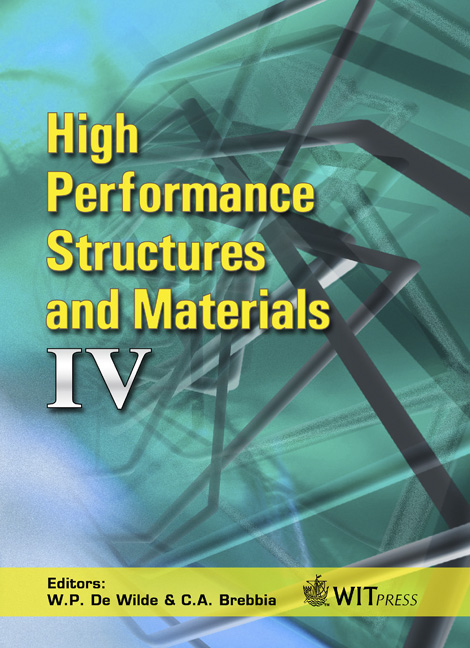The Material Strategy Of Fire-resistant Tree Barks
Price
Free (open access)
Transaction
Volume
97
Pages
10
Page Range
43 - 52
Published
2008
Size
892 kb
Paper DOI
10.2495/HPSM080051
Copyright
WIT Press
Author(s)
H. Tributsch & S. Fiechter
Abstract
The fire protection of organic building and thermal insulation materials is a technical challenge, for which new approaches are desirable. Exceptionally fire resistant tree barks from trees such as Sequoiadendron giganteum, Pinus canariensis and from Eucalyptus species, which evolved in fire adapted eco-systems, were studied by thermo-gravimetric techniques in combination with mass spectroscopy and complementary analysis in a temperature range up to 600°C. It turned out that while a technical reference poymer (ABS = acrylnitrilebutadien- styrole) burned by leaving only 2.6% solid, the most fire resistant tree barks only carbonized leaving up to 60% solid. It is mostly graphite and carbon, which are highly heat insulating and fire protecting as is also known from technical \“foaming” graphite layers. A key chemical component that has evolved in tree barks to support fire resistance, besides other properties, is tannin, a polyphenol, which complexes macromolecules and efficiently reduces oxidants and radicals. The oxidation, in a fire, of these large planar molecules is thus suppressed to be transformed into a similarly structured graphitic component with fire retarding properties. Additional adaptations of fire resistant tree barks appear to be a fibrous micro- and nano-structure and optimised infrared optical properties. They may retard heat transfer within the bark via suppression of microscopic conduction and radiation processes. Keywords: fire retardation, tree barks, tannins, sequoia, eucalyptus. 1 Introduction Significant scientific and technological effort is presently ongoing with the aim of meeting the more and more demanding standards of fire protection when organic and plastic materials are used in our technical environments. While
Keywords
fire retardation, tree barks, tannins, sequoia, eucalyptus.





